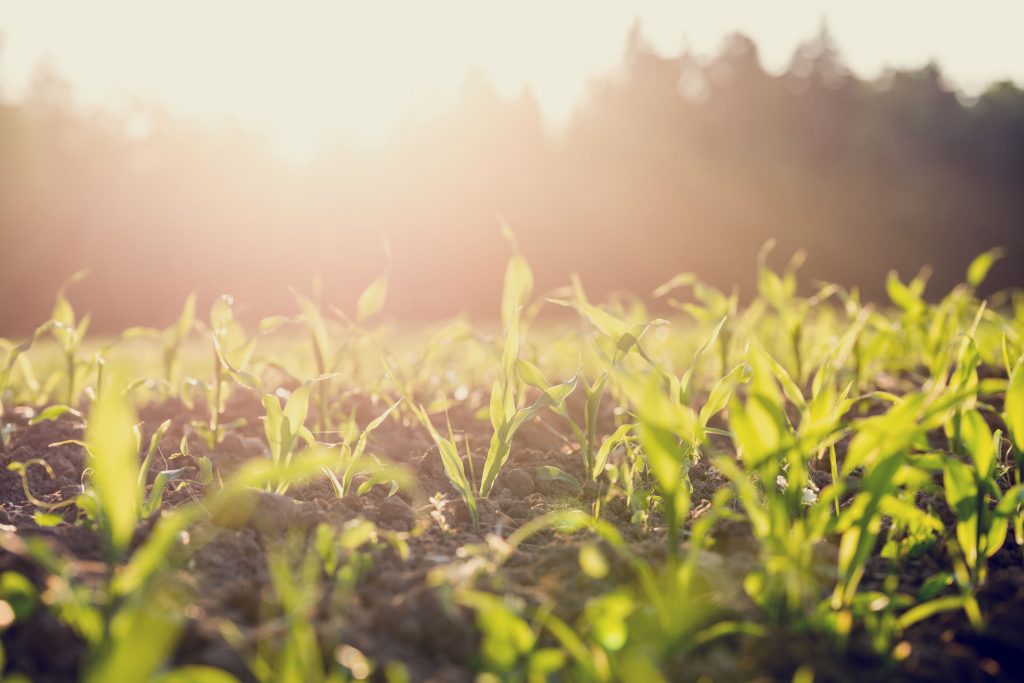
How to Use Urine as Fertilizer
Information about urine fertilizer, its nutrient value, and safety precautions in preparing it.
Wood Ash
The high nitrogen content of urine makes it perfect for seedlings and leafy crops, but the low potassium content leaves it a bit lacking on the nutrients that flowers, fruits, and roots need. But we can fix that for free, too. Researchers from Finland discovered that adding wood ashes to urine fertilizer for tomato plants resulted in sweeter fruit—and four times as much fruit! Adding wood ashes also boosted beet root size.This makes sense, since wood ashes have an N-P- K ratio of about 0:1:3, plus a lot of calcium. A handful of sifted wood ashes (save the chunks for the compost pile) will boost the potassium level in a bucket of urine fertilizer very nicely.
Nutrient value
While the actual nutrient content will vary slightly depending on your diet, your urine is generally a well balanced nitrogen rich fertilizer straight out of your body. The average person produces enough urine per year to cover 300-400 m 2 of land to a level of 50-100kg/ha of nitrogen. This information assumes traditional farming methods in which the fertilizer is spread over the entire surface of the garden or field. With Farming God’s Way, the fertilizer is applied only at each planting station, so less fertilizer is used, while greater yields are produced.
Some of the yearly production of nutrients in urine per person are:
• 3.5kg of nitrogen
• 0.5kg phosphorus
• 1.0kg potassium
• 0.5kg sulfur
• 40g magnesium
• 100g calcium
A family of four can produce the equivalent of a 50kg bag of NPK fertilizer from urine alone every year. This urine has a 10:1:4 ratio of nutrients. This shows a higher nitrogen content than many mineral fertilizers. Another positive effect of using urine is that the phosphorous is in a plant usable form, requiring no additional processing before it can be absorbed by the plants.
Safety
While urine is not very dangerous, some precautions should be take to ensure safety. The World Health Organization (WHO) has developed a barrier system to prevent the spread of any disease when using urine fertilizer. The barrier system is quite basic and requires no special skills or tools.
Barrier 1: Source separation
Barrier 2: Storage & treatment
Barrier 3: Application techniques
Barrier 4: Crop restriction
Barrier 5: Withholding period
Barrier 6: Protective equipment
Barrier 7: Hand washing
Barrier 8: Food handling & cooking
Barrier 9: Health & hygiene promotion
The first barrier in the WHO process is source separation. This happens at the household level where urine and feces are separated at the latrine. Be sure that no feces is in the urine. After that, the urine is collected and stored. The third barrier is the application technique: applying the urine directly into the soil, preventing it from getting on the above ground parts of the plant (leaves and fruit). Fourth is selective application. For example, fast growing greens like lettuce are not the best targets for urine fertilizer because they grow quickly and are consumed so soon that there can be no withholding period.
Next is the withholding period barrier. No crops should have urine applied at least a month before harvest. This applies to all kinds of fertilizers, not urine specifically, but it is none-the- less another barrier. The fifth barrier is the rubber gloves and rubber boots, which should be used at all times during urine handling and application. Lastly, hands should be washed frequently when handling urine and all crops should also be washed if they will be consumed uncooked.
Another safety concern is how urine is stored. Use only sealed containers, otherwise you risk mosquitoes breeding and the loss of valuable amonia. While urine is fairly sterile when it is fresh, there are some organisms that are alive in it. These will usually break down when applied to the soil, but the storage process is what makes sure these organisms are all dead. One such organism that can live in urine is Salmonella typhi/paratyphi, although it is short lived — requiring only 1 week of storage to reduce its presence to safe levels.
Cross contamination from feces in the urine is probably the greatest concern with urine fertilizer. While this is not necessarily an emergency situation, the likelihood of harmful organisms surviving past the application point on the ground is higher when feces is present in the urine. Diarrhea in the urine is a concern and should be watched for carefully as it is a source of bad contamination. You must be very careful that no diarrhea contaminates the urine fertilizer.
These safety concerns all but disappear at the family level since family members are more likely to transmit diseases to each other by direct contact than through urine. Menstrual blood in the urine has no negative health impacts and can be used normally. The health risks at the family level are very low. Urine can be applied fresh (on the same day it is collected) in its near sterile form to allow for rapid aerobic and UV breakdown. When safety concerns over urine fertilizer are compared to using pesticides and animal antibiotics, you are actually at a far less risk of transmitting diseases via urine than you are using “modern” substances and techniques.


